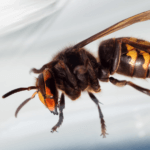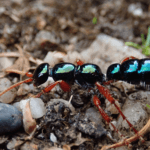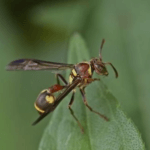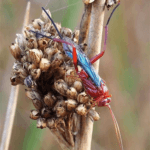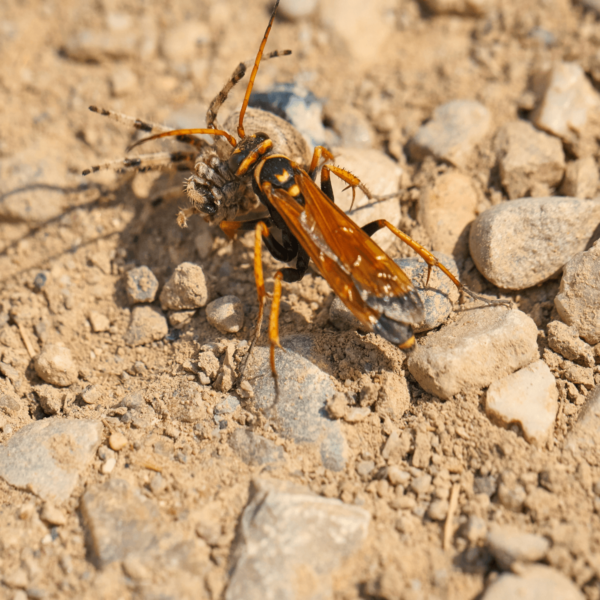
Unveiling the Captivating Cryptocheilus Bicolor: Australia’s Striking Spider Hunting Wasp
In the vibrant tapestry of Australian biodiversity, the Cryptocheilus bicolor, also known as the orange spider wasp, emerges as a captivating sight, its large, black body adorned with two vibrant orange bands. These gentle insects, with their long, slender legs and buzzing presence, not only add a touch of color to Australia’s natural landscapes but also play a vital role in maintaining the delicate balance of Australian ecosystems.
Skilled Hunters: Controlling Spider Populations
Cryptocheilus bicolor are renowned for their remarkable predatory prowess, earning them the moniker “spider hunting wasps.” These wasps are active predators of spiders, specializing in capturing and paralyzing a variety of spider species. Their powerful stings and sharp mandibles allow them to subdue their prey, which they then transport to their burrows.
Once the paralyzed spider is safely within the burrow, the female wasp lays her eggs on the spider’s body. As the wasp larvae hatch, they feed on the spider’s bodily fluids, a process known as ectoparasitism. This intricate relationship between the wasp and the spider ensures a rich food source for the developing wasp larvae while also contributing to the control of spider populations.
Solitary Nest Builders: Crafting Underground Chambers
Unlike their social counterparts, the honeybees, Cryptocheilus bicolor are solitary creatures, each female meticulously constructing her own nest. These nests are typically constructed underground, often burrowed into the earth or beneath logs and rocks.
The female wasp carefully excavates the burrow, using her powerful legs and sharp mandibles to shape the tunnels and chambers. The completed nest consists of a series of chambers where the wasp stores food, lays her eggs, and raises her larvae.
Gentle Nature: Appreciating the Cryptocheilus Bicolor
Despite their intimidating appearance and predatory lifestyle, Cryptocheilus bicolor are generally docile creatures, posing little threat to humans. They only sting in self-defense when provoked or threatened. Their preference for nesting underground and their solitary nature often keep them away from human dwellings, but if they do venture into homes or gardens, they can be safely relocated.
If you encounter a Cryptocheilus bicolor in your garden or neighborhood, take a moment to appreciate its beauty and the vital role it plays in the ecosystem. Observe its intricate nest-building techniques, its predatory behavior, and its contribution to spider population control, and recognize the significance of these gentle wasps in maintaining the balance of nature.
Preserving the Spider Hunting Wasp: Protecting Their Habitat
As we marvel at these captivating creatures, let us also remember the importance of conserving their habitat. By protecting native vegetation, minimizing the use of pesticides, and avoiding the burning of native bushland, we can ensure that Cryptocheilus bicolor continues to thrive in their natural environment, their vibrant wings adding color and life to Australia’s diverse ecosystems.
Our Pest Control Services: A Commitment to Safeguarding Australia’s Biodiversity
At our pest control company, we are committed to providing safe, effective, and environmentally responsible pest control services that protect both our customers and the environment. Our experienced technicians are trained to identify and handle a wide range of pests, including Cryptocheilus bicolor. We use only the latest, EPA-approved products and techniques to ensure the safety of our customers, their families, and their pets.
If you are concerned about Cryptocheilus bicolor or other pests in your home or business, please contact us for a free consultation. We will be happy to provide you with information about our services and answer any questions you may have.



